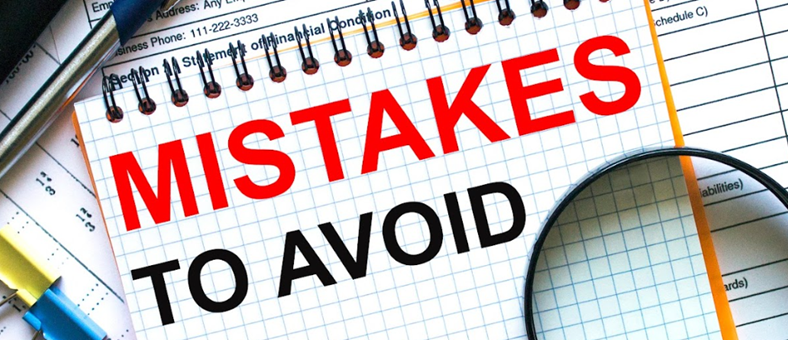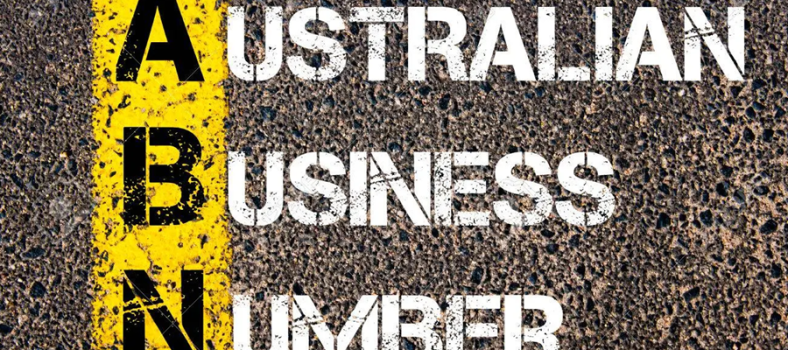Tax Tips: 6 Ways Self-Employed Australians Can Reduce Their Tax Bill
Even if you work with one of the best tax agents in Australia, it’s possible that you’re paying more tax each year than is strictly necessary. As a self-employed business owner or contractor, you have plenty of scope for taking charge of your finances and reducing your taxable income. Start with the methods outlined below:
- Use a tax calculator to track and project your taxable income
If you only ever calculate your taxable income once a year at tax time, you’re setting yourself up to give more money than necessary to the government. By contrast, if you use a comprehensive tax calculator to track your income and project your annual total well before tax season rolls around, you’ll be equipped with the data you need to inform the other steps in this list.
- Time your income and expenses
Armed with the financial data gained from step one, you can time certain earnings and expenditures to adjust your taxable income for the year. If, for example, you’ve had a high-income year, it might be worth purchasing the new office equipment you’ve had your eye on in June rather than waiting until July. If you’ve had a slow year, but things are picking up drastically and you’re expecting a substantial income boost next year, then you may wish to delay any large business expenses until July.
Similarly, you can time some of your invoice due dates to ensure the income falls into whichever financial year will suit you best.
- Remember to claim depreciating assets
From laptops and small devices to heavy machinery, you can generally claim a deduction for the depreciation of assets you use in your business. As with all things tax related, there are plenty of rules surrounding what you can claim. So, it’s generally best to consult an accountant to ensure you’re claiming everything to which you’re entitled.
- Write off and claim back any bad debts
It’s always better to be paid what you’re owed, but there is a small consolation prize waiting for you if a client refuses to pay an outstanding invoice. For this to work, you have to make a concerted effort to obtain the outstanding amount, and you need to document your efforts. That generally means you’ll need to keep track of follow-up emails, reminder notices, overdue notices, and debt recovery proceedings.
If you’ve gone through all that and collected the relevant documentation, you should be able to write off the debt and then claim it as a deduction in the same financial year.
- Store first; ask questions later
Whenever you spend money on something you think may be claimable, ask for a tax invoice, and store it in a safe, centralised place. Speaking of which, if you’re not already digitising your tax records, now is the time to start.
From there, categorise your records so they’ll be easier for your accountant to pursue when tax season rolls around. Ask your accountant about any expenses you weren’t sure of, and they’ll give you the final verdict on whether they’re claimable.
- Make voluntary super contributions
Just because you’re not getting employer contributions as a freelancer or sole trader doesn’t mean your super has to go stagnant. In fact, if you make voluntary contributions, you can either claim the amount back on tax or, if you’re a low-income earner, receive a government co-contribution.
Of course, there are no guarantees when it comes to the world of finance, and everyone’s mileage will vary. However, if you work these steps into your financial strategy, you should be pleasantly surprised when you receive your next notice of assessment.






No Comment